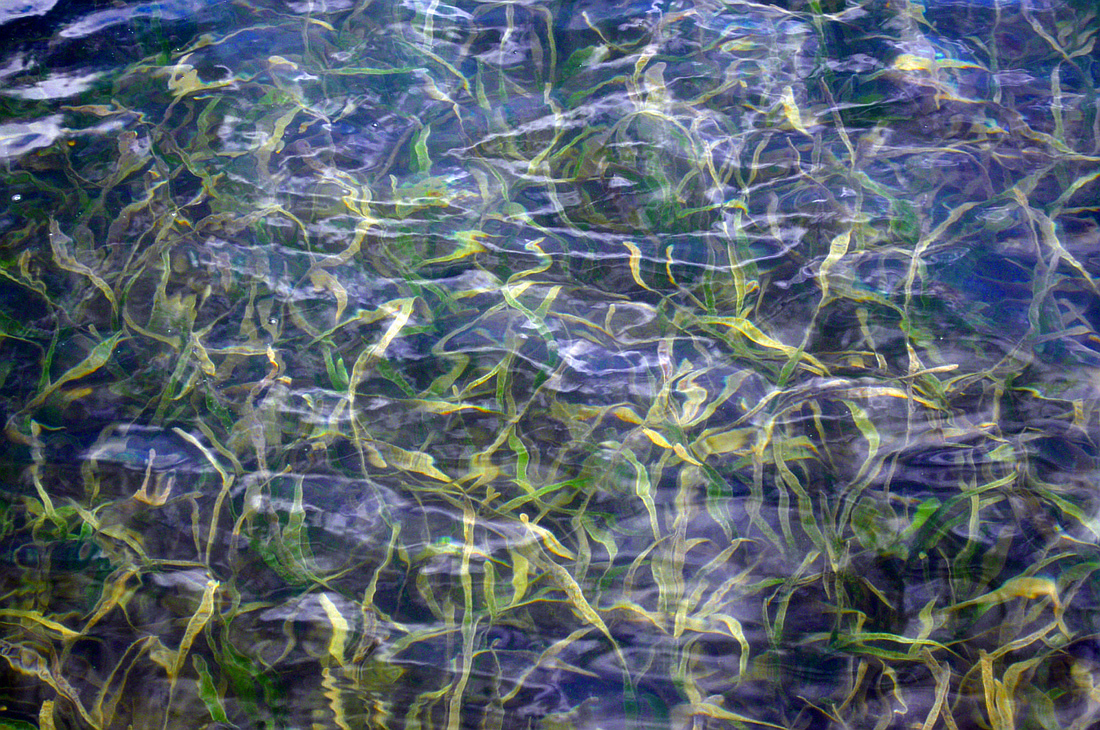- May 10, 2025
-
-
Loading

Loading

Who or what is more important: People and their safety, or sea turtles? Or, people and their property, or sea grass?
Bear with us here.
Before delving into the topic at hand — dredging Longboat Key’s canals — let us state for the record: We like sea turtles. We want them to lay their eggs on Longboat Key’s beach; we want the eggs to hatch; and we want the mama turtles and their hatchlings to swim safely to freedom in the Gulf of Mexico.
Likewise, for the record, we like sea grass. It’s an important part of the vast ecosystem of sea life, and we want it to thrive in all the right places.
In short, we’re in favor of a clean, healthy earth where man and nature co-exist.
But more and more — no, actually this has been going on for a long time — it’s pretty clear that humans often become second fiddle to animals and the environment. If there’s a choice to be made between what’s best for man versus, say, sea turtles or sea grass, turtles and sea grass often trump.
On Longboat Key, this goes back to the late 1990s and early 2000s, when the Lynches Landing restaurant was a popular hangout at mid-Key, just south of Longboat Ace Hardware.
Lynches patrons had a great view of the Gulf of Mexico. It was at the northernmost portion of that stretch of Longboat Key with the unobstructed view of the Gulf, where the hedge of seagrapes begins.
Long-time Longboaters may remember when town officials and Turtle Watch patrons were undertaking concerted efforts either to shut off or shield the Gulf of Mexico Drive street lights along that stretch of the beach. The lights were creating a life-and-death hazard for the turtle hatchlings. When they hatch and reach the surface, they are drawn to light. Street lights become a death trap.
At the time, Lynches Landing owners, Ethna and Chris Lynch, as well as others, balked at the efforts to shut off the lights, particularly at that spot on Gulf of Mexico Drive. There’s a slight curve in the road, and without street lights late at night that stretch became a dangerous crossing for pedestrians who wanted to take an after-dinner or late-night walk or sit on the beach.
Alas, it happened. The town and state Department of Transportation shut off the lights to protect the turtles. And then one night, a motorist didn’t see a pedestrian crossing the street at that dark, slight curve. The pedestrian was killed.
The incident sparked a flurry of letters to the editor and protests that the safety of the hatchling sea turtles had taken precedence over the safety of people.
Leap 20 years to now.
Longboat Key residents have adjusted. Lynches Landing is gone, so there are far fewer late-night walkers at that dark stretch of Gulf of Mexico Drive, and Longboaters have become far more vigilant about shielding lights during turtle season. For the most part, man and turtles are getting along, but essentially the turtles won.
Now the issue is sea grass.
Once again, sand and silt have filled in about 14 of Longboat’s 91 canals to a critical point. They’ve become virtually unnavigable for boats to go out into the bay and back to their docks. Another concern is shallow canals can become a flood threat when high tide and big storms occur simultaneously.
It’s time to dredge the canals again.
Since the last dredging in 2003, the environmental rules and laws have changed. Here’s the big one: For every square foot of seagrasses destroyed in the dredging, the town would be required to replant twice the amount destroyed.
In 2017, a sea grass survey estimated dredging would damage almost 1.9 acres of seagrass. That would mean the town would have to plant about 4 acres of seagrass somewhere to satisfy the 2-for-1 ratio.
Town officials say two issues have arisen because of this mandate: finding locations where the seagrass can be planted; and paying for it. Two years ago, the town estimated the cost between $1.25 million or $2.35 million to remove about 20,000 cubic yards of sand from the canals.
But with the 2-for-1 requirement for mitigation, Public Works Director Isaac Brownman said the cost could rise “beyond the capacity to fund under our current general fund budget source.” In other words, a lot more tax dollars will be needed to replant twice as much seagrass.
Town commissioners are looking at options for the money. At the same time, commissioners also said the town likely needs to devise a long-term way of paying for canal dredging other than from the town’s general fund.
That makes sense.
At some future date, most of the town’s 91 canals and waterways will need dredging. In 2003, for instance, the town dredged 53 canals for what seems like a bargain price —$1.5 million, or $28,300 per canal. This time around, thanks to the new sea grass requirements, the cost for 14 canals could run from $1.25 million up to $2.35 million, or $89,285 to $167,857 per canal. Multiply those numbers by 91, and the costs mushroom — from $8,124,935 to $15,274,987.
That’s big money for this little town, and too much to pull from an annual general fund. At that price, the canal dredging becomes a capital cost.
But there’s one other consideration: Who should pay for canal dredging — all Longboat property owners, or just those who own canal-front lots?
This brings to mind the town’s formula for funding beach renourishment. In 1993, after much consternation, Longboat voters approved an 80-20 formula. Whenever the town renourishes its beach, all property owners on the west side of Gulf of Mexico Drive and all commercial property owners pay 80% of the cost, and all bayside property owners pay 20%.
How could it be anything but equitable and logical to apply the same approach to canal dredging?